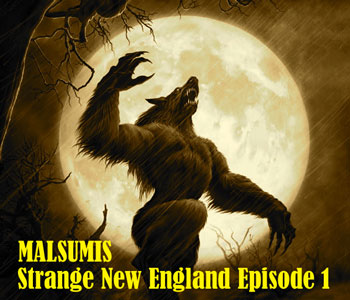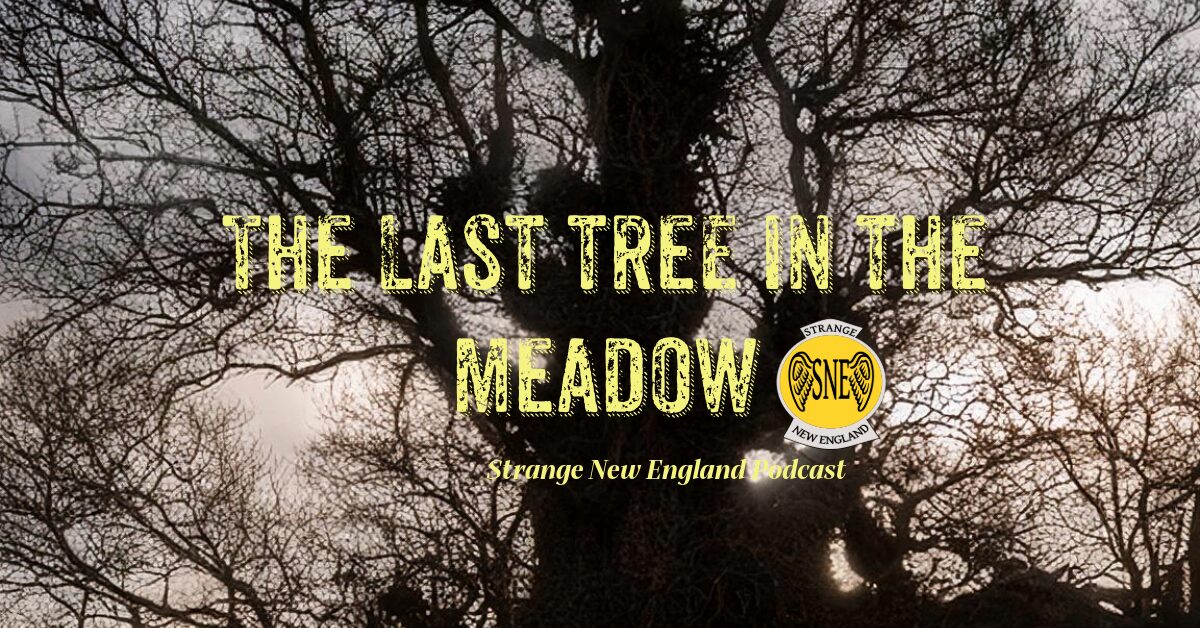
Gluskabe is a figure that is a literal and figurative giant in the folklore of New England and the Maritimes. This is not only because of his great height and weight, but also because of his immense supernatural power and how he used his powers for good in a new and wild world full of monsters and talking animals. Despite his intimidating size, animal and man held respect for him rather than fear.
When Gluskabe came into the world, some versions of his creation myth include an evil twin named ‘Malsumis’ or ‘wolf’ in Micmac or Passamaquoddy. He is also associated with the wolverine, Lox, but because there are a larger number of tales associated with this iteration of “The Indian Devil,” Lox will have his own article. Note that he is not to be confused with the smoked salmon paired with cream cheese on bagels.
Some re-tellings say that while Gluskabe was a creator of good things, Malsumis made evil things. He was considered so evil, that he decided to kill his mother when he was born. He made the thorns on different plants and gave stingers to insects. He fought Gluskabe in a battle to the death at the dawn of time and while he was slain in this first battle, he is destined to come back to life and fight Gluskabe one more time at the end of the world.
But there is a problem with this compelling narrative: it’s authenticity has been the subject of debate. Native Americans from the Wabanaki confederacy who work to bring their traditions back to life rarely retell this version, if at all. This story contradicts traditional Native American views on the wolf as an evil animal and is rarely, if ever, a villainous character in the stories of the Wabanaki confederacy or any other group of tribes.
The first record of Malsumis is from 1884. Charles G. Leland wrote and published The Algonquin Legends of New England. This volume holds 70 stories from Native American tribes in Maine and beyond. Nine members of the Passamaquoddy and Penobscot tribes and four white people who worked with the tribes all helped contribute to this volume. Charles cited ten written sources in his book, as well. The book is available in the public domain and can be found on www.sacred-texts.com, a website that has hundreds of myths, legends and sacred books available for public viewing. Being a thorough ethnographer, he gives credit where it is due. The following sources are attributed to the story that mentions Malsumis:
1. Mr. Edward Jock: an ethnographer who wrote down a retelling by a Micmac tribesman.
2. The Reverand Rand, a Christian missionary who worked closely with the Micmac tribe and published a small collection of Micmac stories in a periodical called “The Dominion”.
3. David Cusick, who wrote a book called “Sketches of Ancient History of The Six Nations”, published in 1848 in New York and printed in both English and Native Languages.
These three sources are all either secondhand retellings by white men working in an academic fashion or as a missionary framing Christian ideas in a Wabanaki context. One source might be re-packaging native culture to Christianize it and the others might simply be misled by informants who told stories they thought their white audience would enjoy more than the actual stories. We don’t have evidence to prove whether these motives were present or if these were all cases of unintended misrepresentation. Either way, we don’t even know if Gluskabe’s evil twin is even truly a part of Wabanaki tradition or not. To add to the controversy, his very name suggests that he was the creation of a western rather than a Native American mind. ‘Mal’ is Latin for ‘ill’ or ‘illness’, while sumis sounds like a derivation of the Latin word ‘summa’ which roughly translates as ‘complete’ or ‘total’. How easy would it be for a less-than-objective ethnographer to create a name for a devilish creature and dub him ‘Malsumis,’ or ‘total evil’?
Here is the story that is at the center of this controversy. Whether it is authentic or not, this is still a compelling story of sibling rivalry. This retelling does not have Gluskabe as being made out of nothing, but gives him a mother and this story begins in her womb. Both twins have enough sentience in their pre-natal state to choose how they wanted to be born.
Gluskabe chose to be born in the usual way as any human being, showing a sense of humility. But Malsumis was said to have a sense of vanity and grandiosity that made him decide that a normal birth wasn’t good enough. So when it was his turn to be born, he burst out of his mother’s side, killing her in the process. Despite this rough entry into the world, the two brothers had a surprisingly normal childhood. Yet Gluskabe didn’t forget his mother’s death and always held mistrust towards his more violent brother.
When Malsumis asked his brother what could kill him, Gluskabe decided that he had to lie to protect himself. He told Malsumis that the only way he could die was if an owl feather stroked him. Malsumis then told Gluskabe that the blow of a fern root was the only way to kill him. These two brothers held these secrets in a sort of cold war. Neither brother made a move against the other, Gluskabe because he was benevolent and Malsumis because he feared for his own safety.
A third trickster came into the picture to put an end to this uneasy truce. Related to the beaver for it’s bushy tail, ‘Miko’ or squirrel, talked Malsumis into killing his brother. The story gives an alternate and ominous name to this creature in English “The evil which was in himself.” A possible way to interpret this phrase might be that there wasn’t a third trickster, but that the squirrel was, instead, a metaphor for Malsumis’ darker side.
From here began a series of misadventures that could be interpreted as humorous. In the first attempt with the owl feather, Gluskabe woke up angry. He then said that he had lied the first time and told him a pine root was his weakness. On the next night, Malsumis attempted to kill his brother, but hit him with a pine root instead. Again, this did not kill Gluskabe, but made him wake up. This time, Gluskabe didn’t allow Malsumis a third chance and drove him off into the deep woods. Malsumis walked near a swamp, where a beaver betrayed the weakness of Gluskabe to him: a flowering reed. The beaver heard Gluskabe say this was his weakness to himself as he thought out loud and the beaver delivered this message to Malsumis, who promised reward for this information. The beaver declared that he wanted wings. Malsumis laughed at Beaver’s request and walked away. Betrayed, Beaver wasted no time in arriving at Gluskabe’s hunting camp and told him of his betrayal. Frustrated, Gluskabe took a fern root from a nearby plant and got up without a word. He used his strange weapon and struck Malsumis on the head, dead. Gluskabe naturally was remorseful over this deed, though no one would blame him for acting in self defense.
Leland makes a comparison to Nordic mythology. He states that Malsumis is “The Fenris in this true Indian Edda.” This comment is made after Leland says that there is a prophecy that the brothers will lock into combat one more time at the end of the world, much like the tale of Fenris (Fenrir) and his prophesied devouring of Odin at Ragnarok, the fall of the gods.
Whatever the truth is behind this legend, it is clear that this evil twin has left his mark on the myths and legends of New England. Because his mere existence is a point of debate, it would seem that even invoking his name brings about confusion and contention. Maybe that is the true power of this being: to undo peace, bring conflict and turn our understanding upside down.
Resources
The Algonquin Legends of New England, by Charles G. Leland, 1884
Thomas Parkhill’s analysis of Leland’s retelling, 1992
Northeast Folklore Volume VI-Kluskap Tales of the Malecite: The University of Maine
Glooskap and Malsumis-Abenaki Lore
keithhull-A Wolf Spotted on the Biosphere Expedition in Slovakia





In my own Native American studies classes, my instructor cast doubt on the idea that ‘Malsumis’ was evil. He said this was a white man’s myth that had gotten integrated with white re-tellings of Gluskabe’s story.
I should share some of my own stories with you guys sometime.
I tried to convey with this that the interpretations of Malsumis have been influenced by white people retelling the story. It is not always obvious when this happens in folklore records, because people who read it may not be aware of the different cultural perspectives at play. That is why Strange New England tries to untangle the ball of yarns that New England is full of.